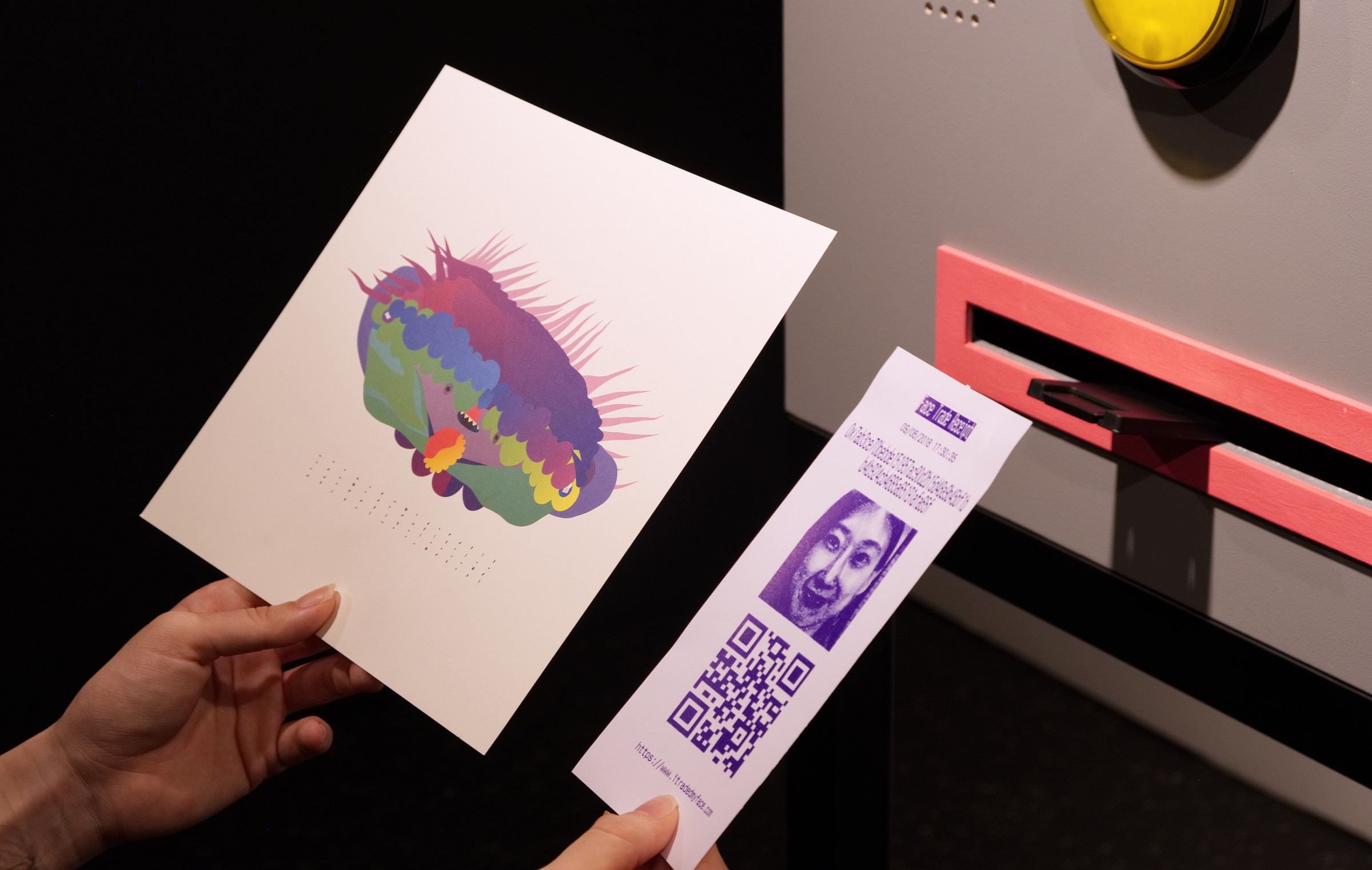1A) Effective Complexity
Nature and biological life are systems that serve as exemplars to effective complexity, and so dandelions were what first came to my mind as one of my favorite instances of such. On the spectrum, I believe dandelions fall within an equal split between relative order and randomnesses, which is why I feel particularly drawn these weeds, as I am fascinated with the balance and similar distribution of both. Typically, dandelions can be associated with having extreme "randomness" -- pick up the flower, blow on it, and have the seeds scatter haphazardly over the field by dancing, lifting, and dipping from the wind. However, once each individual seed settles, there is a method to which biological processes will take place from there -- depending on the fertility of land, the seed will take root, germinate, bloom into flowers, and repurposed into white pappis with seeds at the end. Additionally, dandelions are capable of asexual reproduction, resulting in many identical flowers. Wind and/or other factors in nature then chaotically disperses of the seeds, and the cycle continues.

1B) The problem of Meaning: Can and should generative art be about more than generative systems?
Generative art serves as a medium to help maximize the possibilities and skillsets of an artist. However, to this, arises the issue of whether or not the emphasis should be placed on the "generative" or "art" aspect. Some projects call for attention to be drawn to the multiple iterative art pieces as the final product (with little regards to the process in which went about creating them; a top down approach), whereas others highlight the system of creating generative art (with little regards to the byproduct itself; a bottom up approach). Although there lies value in both approaches, I find myself personally aligning with the values of bottom up. Typically, when I finalize my mind on exactly what an end desirable should exhibit, I find myself more "comfortable", in the sense that I have a working goal in mind and am more so simply seeking the bridges to connect me to that. Whereas, when I work from a bottom up approach, I find it more rewarding to "seek truth to process as being inartistically beautiful", which not only celebrate creation as an activity, but also allows me to maintain an open mindset, and ultimately, design and create emotionally durable experiences.


















